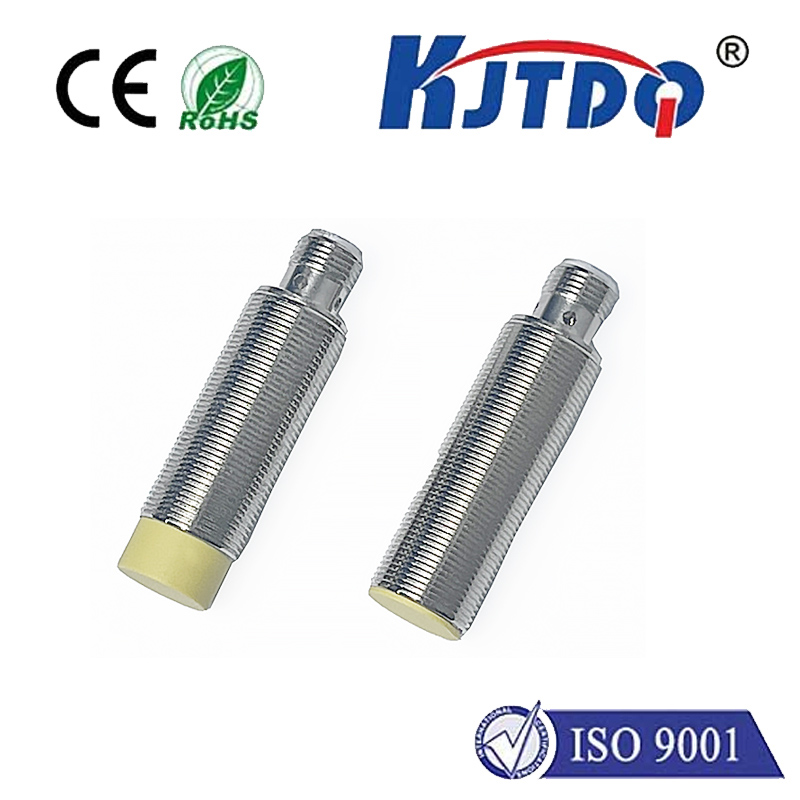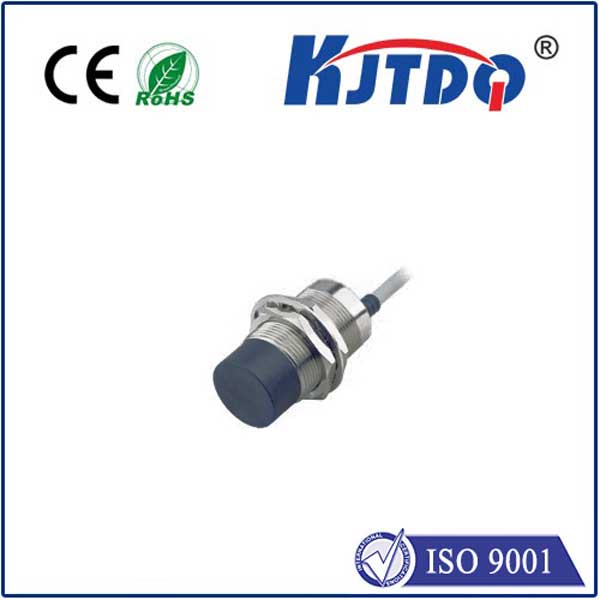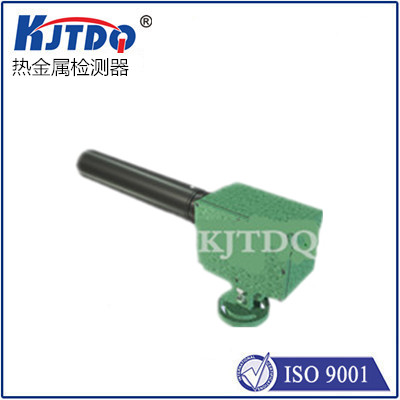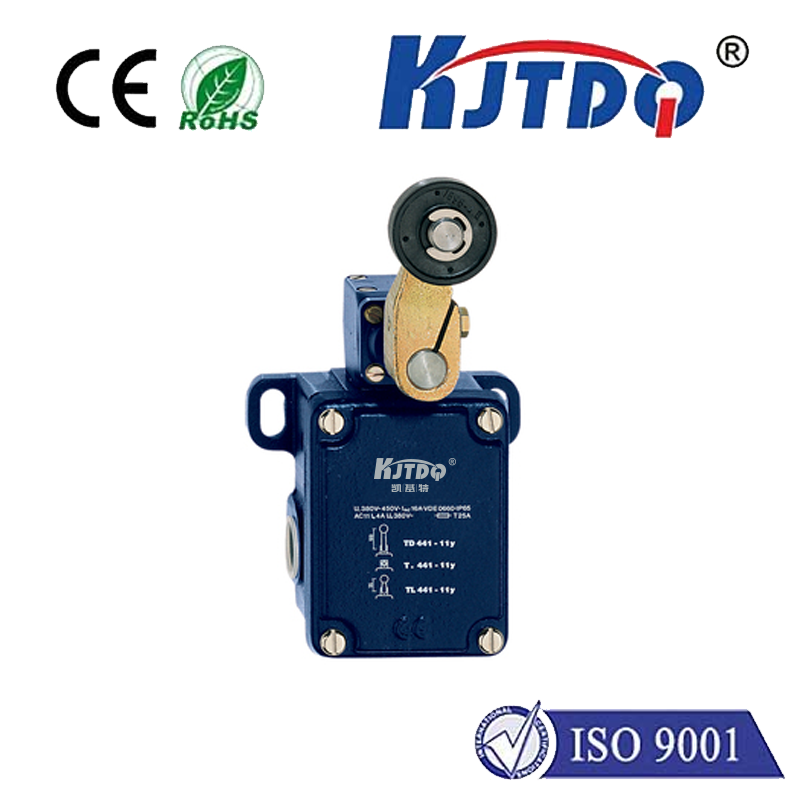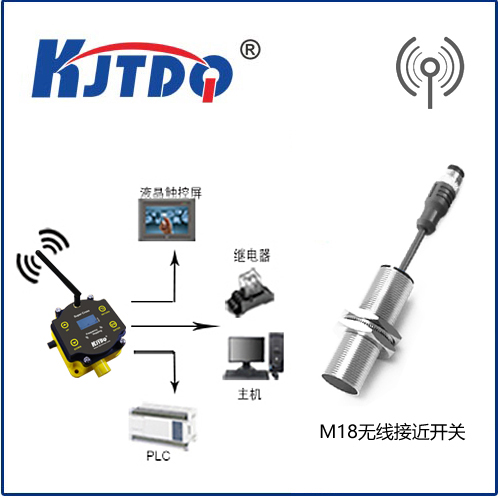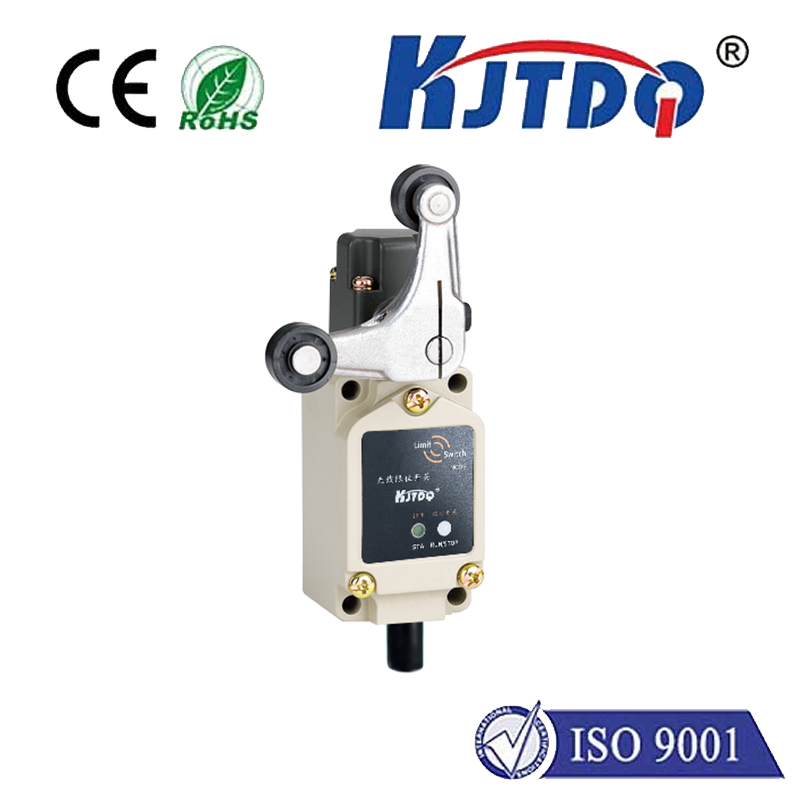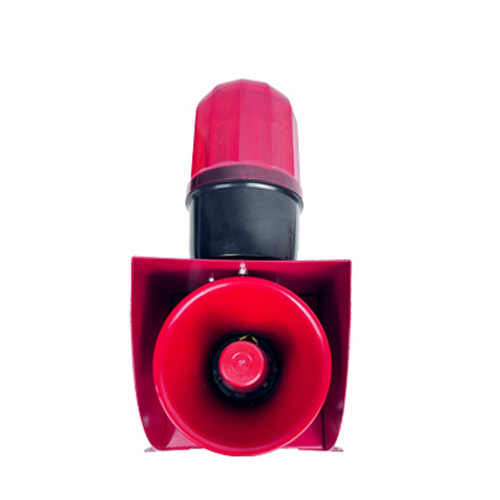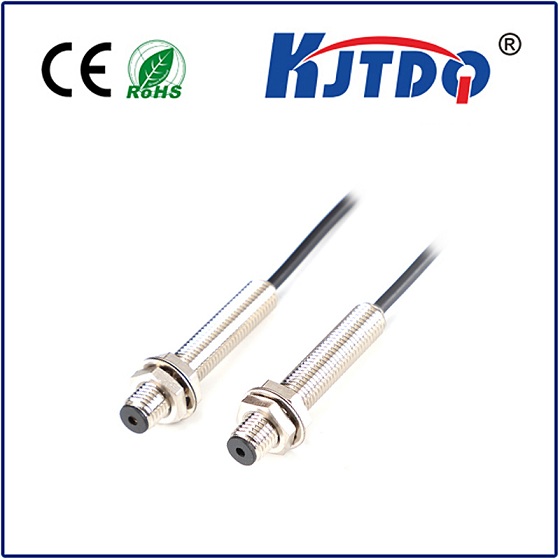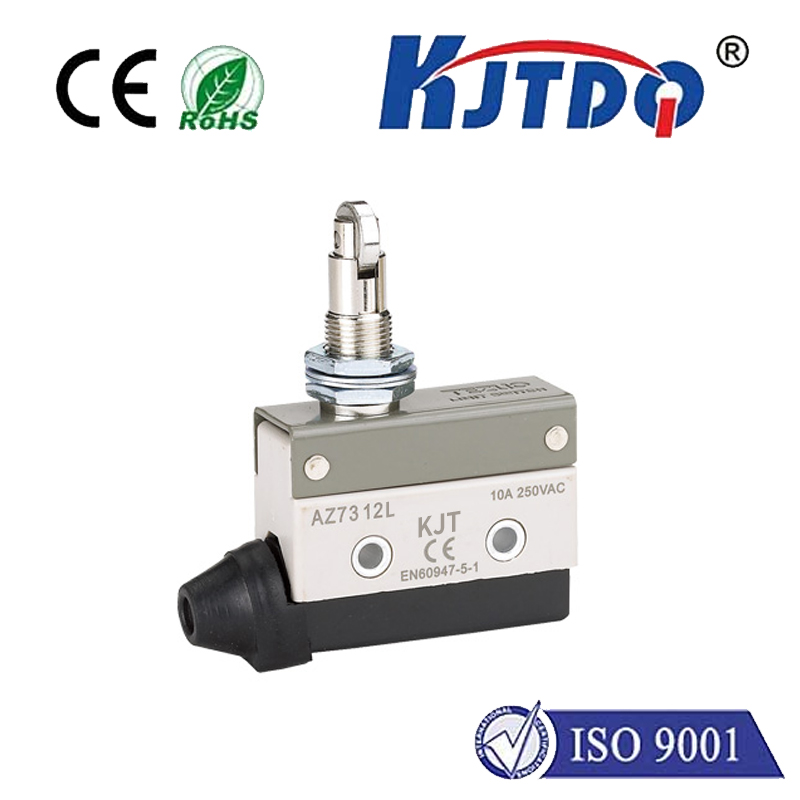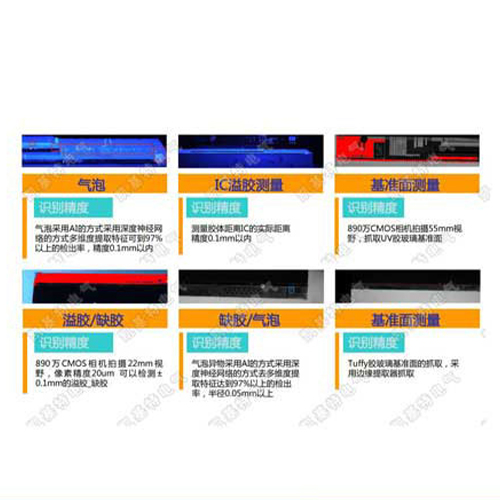long distance laser sensor
- time:2025-08-27 15:18:43
- Click:0
The Power of Long Distance Laser Sensors: Revolutionizing Remote Measurement
Imagine an enormous container ship navigating into a bustling port, guided with centimeter precision. Or picture a construction crew mapping a vast, unstable slope miles away, ensuring site safety without setting foot near the danger. Or consider the meticulous monitoring of sensitive power lines stretching across remote, inaccessible mountain ranges. How is such accurate, real-time data gathered safely and efficiently over kilometers? The answer lies in the remarkable capabilities of long distance laser sensors. These sophisticated devices harness light to measure distances far beyond what the human eye can perceive, transforming industries and enhancing safety protocols worldwide.
A long distance laser sensor fundamentally operates by projecting a highly focused beam of laser light towards a target and precisely measuring the time it takes for the reflection (or the shift in the light’s phase) to return. This calculation translates directly into an extremely accurate distance reading. Crucially, long distance capabilities demand specialized components and design principles compared to their shorter-range counterparts. Key differentiators include:

- High-Powered Lasers: Generating a beam intense enough to travel significant distances and return a detectable signal, especially under challenging environmental conditions (dust, fog, rain).
- Ultra-Sensitive Detectors: Capable of picking up the faint echo of the laser pulse even after it has traveled kilometers and back.
- Advanced Optics: High-quality lenses are essential for collimating (making parallel) and focusing the laser beam tightly over long ranges, minimizing dispersion and maintaining accuracy. Precision optics are non-negotiable.
- Sophisticated Signal Processing: Algorithms must filter out ambient light noise and precisely calculate the time-of-flight or phase shift accurately, handling weak return signals effectively.
Two primary technologies dominate long distance laser measurement:
- Time-of-Flight (ToF): This method measures the absolute time taken for a short laser pulse to travel to the target and back. Distance is calculated directly using the speed of light (
Distance = (Speed of Light × Time of Flight) / 2). ToF sensors are generally favored for very long ranges (often kilometers) and measuring to non-cooperative targets (like natural surfaces).
- Phase-Shift Measurement: This technique modulates the intensity of the continuous-wave laser beam. The distance is derived by measuring the phase difference between the emitted light wave and the reflected wave returning from the target. Phase-shift sensors often achieve higher accuracy at shorter long-range distances (e.g., hundreds of meters to a kilometer or so) but may require more reflective targets.
The ability to measure accurately over vast distances solves critical challenges across numerous sectors:
- Industrial Automation & Logistics: Monitoring crane positions in ports over hundreds of meters, controlling automated guided vehicle (AGV) fleets in large warehouses, ensuring safe aircraft docking at gates, and managing stockpile volumes in mining operations (long distance laser measurement is crucial for efficiency and collision avoidance).
- Infrastructure & Construction: Safe monitoring of dam displacements, bridge deformation, and landslide-prone areas from safe vantage points kilometers away. Accurate topographic surveying (laser distance sensor technology underpins modern LiDAR mapping) over large sites without constant redeployment of equipment. Precision infrastructure monitoring saves lives.
- Energy Sector: Inspecting and maintaining vast power line networks (long distance laser sensors detect sag or encroaching vegetation growth from ground vehicles or helicopters), monitoring turbine blade deflection in large wind farms, and surveying pipeline routes.
- Security & Defense: Perimeter protection of large facilities (airports, military bases, borders), tracking objects at extreme ranges, and enabling precise targeting systems.
- Transportation: Speed enforcement over long stretches of highway, vehicle classification, and adaptive traffic flow management systems based on vehicle counts and speeds measured at distance.
- Renewable Energy: Monitoring solar panel positioning in large-scale farms and tidal levels for wave energy systems.
Selecting the right long distance laser sensor requires careful consideration of several key parameters:
- Maximum Range: The absolute furthest distance the sensor can reliably measure. Manufacturers often specify ranges under ideal conditions; real-world factors significantly impact achievable range.
- Accuracy & Resolution: How close the measurement is to the true distance (accuracy) and the smallest detectable change in distance (resolution). Sub-centimeter accuracy is achievable with high-end sensors.
- Measurement Rate/Speed: How quickly the sensor outputs distance readings (Hz). Critical for tracking fast-moving objects.
- Environmental Resistance: Laser distance sensors must operate reliably outdoors. Consider:
- IP Rating: Protection against dust and water ingress.
- Operating Temperature Range: Essential for extremes like desert heat or arctic cold.
- Resistance to Ambient Light: Ability to function in bright sunlight.
- Performance in Adverse Weather: How fog, rain, and snow affect the beam and signal return (attenuation is a major challenge). Sensors using 1550nm lasers penetrate fog and mist significantly better than common 905nm lasers and are also eye-safe at higher power levels.
- Target Characteristics: Surface color, reflectivity (retro-reflective targets give the best range), and surface properties (diffuse vs. specular) hugely influence the maximum achievable distance and signal quality.
The landscape of long distance laser sensing is continually advancing:
- Solid-State LiDAR: Redefining possibilities with more compact, robust, and potentially lower-cost systems employing no moving parts, crucial for autonomous vehicles and aerial surveying.
- Improved Eye-Safety: Development of higher-power 1550nm lasers enhances performance in adverse weather while maintaining safety.
- Enhanced Signal Processing: Leveraging artificial intelligence and machine learning to better extract weak signals from noise, pushing the boundaries of measurable range and reliability in tough conditions. Smarter algorithms mean more robust measurements.
- Multi-target Detection: Advanced sensors can detect and measure the distance to multiple objects within a single laser pulse path.
- Integration with IoT: Sensors feeding real-time long distance laser measurement data directly into network platforms for remote monitoring, predictive maintenance, and automated control systems.
Long distance laser sensors are not merely tools; they are enablers of safety, efficiency, and precision at scales previously unimaginable. By turning kilometers into measurable data points with remarkable accuracy, they allow us to monitor critical infrastructure remotely, automate large-scale logistics, ensure border security, harness energy effectively, and build our world more safely. As technology pushes the boundaries of range, resilience, and intelligence, the reach and impact of long distance laser sensors will only continue to grow, illuminating the path to safer, smarter, and more connected operations globally.






